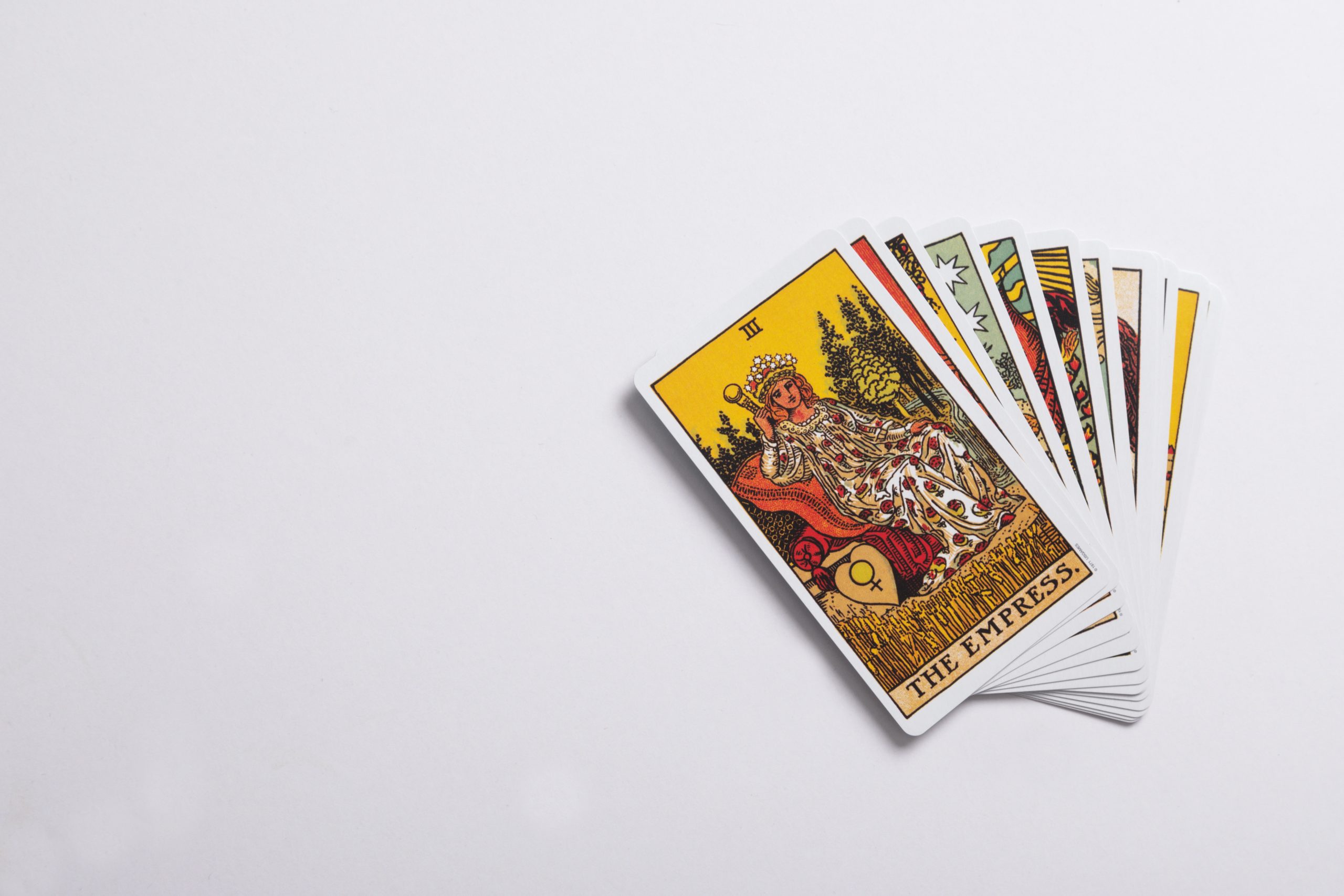1/4 Moon Images: A Journey Through the Phases of the Lunar Cycle
As we gaze up at the night sky, we often find ourselves captivated by the moon’s ethereal beauty. Its ever-changing shape and luminosity have inspired countless poems, songs, and works of art throughout human history. While a full moon is often the most celebrated phase, the 1/4 moon holds its own mystique and allure. In this blog post, we embark on a visual journey through the phases of the lunar cycle, focusing on the enchanting 1/4 moon images that have fascinated astronomers, photographers, and dreamers alike.
The Phases of the Lunar Cycle
Before delving into the mesmerizing images of the 1/4 moon, let’s first gain a deeper understanding of the lunar cycle. The moon, Earth’s only natural satellite, completes one orbit around our planet in approximately 29.5 days. This lunar month is divided into eight distinct phases, each marked by a different appearance of the moon as seen from Earth.
- New Moon: The first phase of the lunar cycle, the new moon, occurs when the moon is between the Earth and the Sun. It is not visible to the naked eye, as the side of the moon illuminated by the Sun is facing away from Earth.
- Waxing Crescent: As the moon begins to move away from the new moon phase, a small sliver of the illuminated part becomes visible. This phase is known as the waxing crescent.
- First Quarter: When approximately half of the moon is illuminated, we enter the first quarter. This phase is also referred to as the 1/4 moon or half moon, marking the midpoint between the new moon and the full moon.
- Waxing Gibbous: Following the first quarter, the illuminated portion of the moon continues to grow. During the waxing gibbous phase, we witness a moon that is more than halfway illuminated but not yet a full moon.
- Full Moon: The most iconic phase of the lunar cycle, the full moon, occurs when the Earth, moon, and Sun are aligned in a straight line. This results in the entire illuminated side of the moon being visible from Earth.
- Waning Gibbous: After the full moon, the illuminated portion steadily decreases, bringing us to the waning gibbous phase.
- Last Quarter: Similar to the first quarter, the last quarter is also known as the 1/4 moon or half moon. However, this time the illuminated portion is on the opposite side of the moon, marking the final phase before the new moon.
- Waning Crescent: As the moon approaches the new moon phase, a small sliver of the illuminated part becomes visible once again. This is the waning crescent, completing the cycle and leading us back to the new moon.
| Phase | Appearance | Image |
|---|---|---|
| New Moon | Not visible |  |
| Waxing Crescent | Thin sliver |  |
| First Quarter (1/4 Moon) | Half illuminated |  |
| Waxing Gibbous | More than halfway illuminated |  |
| Full Moon | Fully illuminated |  |
| Waning Gibbous | Less than fully illuminated |  |
| Last Quarter (1/4 Moon) | Half illuminated |  |
| Waning Crescent | Thin sliver |  |
The Captivating 1/4 Moon
Now that we have a visual understanding of the phases of the lunar cycle, let’s dive deeper into the 1/4 moon, also known as the first quarter. This phase occurs when the moon has completed approximately one-fourth of its journey around Earth since the new moon. As a result, half of the moon’s surface facing Earth is beautifully lit, while the other half remains in darkness.
The 1/4 moon is a striking sight to behold, and capturing its essence in images has been a fascination for many photographers. Whether viewed through a telescope or photographed from a distance, the first quarter of the moon reveals a mesmerizing blend of light and shadow, casting an otherworldly glow on the night sky.
Photographers often experiment with different techniques to capture the intricate details of the 1/4 moon. This phase provides an ideal balance between light and shadow, allowing for stunning contrasts and enhanced visibility of the moon’s surface features, such as craters, mountains, and maria (dark basaltic plains).
The Allure of the Lunar Phases
Throughout history, the moon has played a significant role in human culture and religion. Its changing phases have been associated with growth, transformation, and cycles of life. From the ancient Egyptians to modern-day astronomers, the moon has captivated our imaginations and sparked curiosity.
With the advent of photography, we now have the ability to not only admire the moon from afar but also to bring it closer to us in intricate detail. Each phase of the lunar cycle offers a unique perspective, revealing new aspects of our celestial neighbor.
As we continue to explore and document the moon’s many phases, including the enigmatic 1/4 moon, our knowledge of the moon’s geology, topography, and formation continues to expand. These images not only serve as visual delights but also as valuable tools for scientific study and understanding.
The Neverending Journey
As we conclude our visual journey through the phases of the lunar cycle, we have witnessed the beauty and allure of the 1/4 moon. From the dark expanse of the new moon to the radiant full moon and the ever-changing shapes in between, the moon continues to captivate and inspire us.
Whether you are an avid stargazer, a professional photographer, or simply someone who appreciates the wonders of the cosmos, take a moment to gaze up at the night sky and marvel at the moon’s eternal dance. Its phases serve as a reminder of the continuous cycles in our own lives and the vastness of the universe that surrounds us.
So next time you catch a glimpse of the 1/4 moon, remember the intricate interplay of light and shadow, and the countless wonders waiting to be discovered in the boundless expanse of space.
Table of Contents
